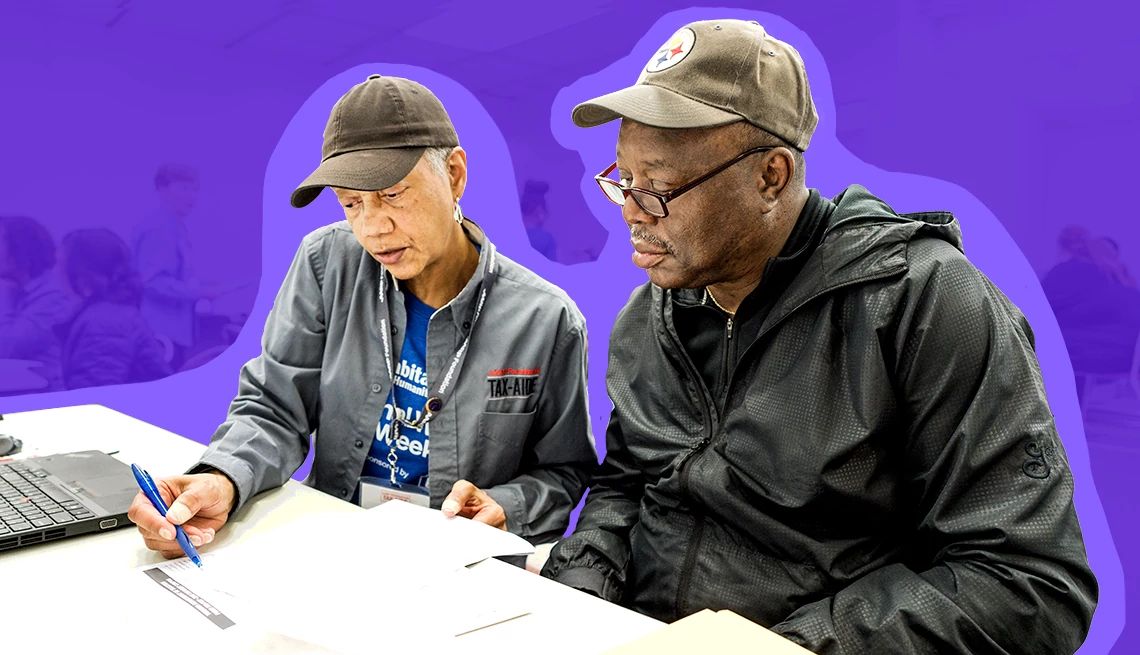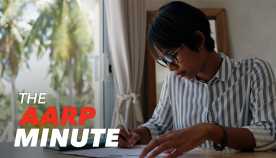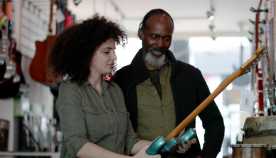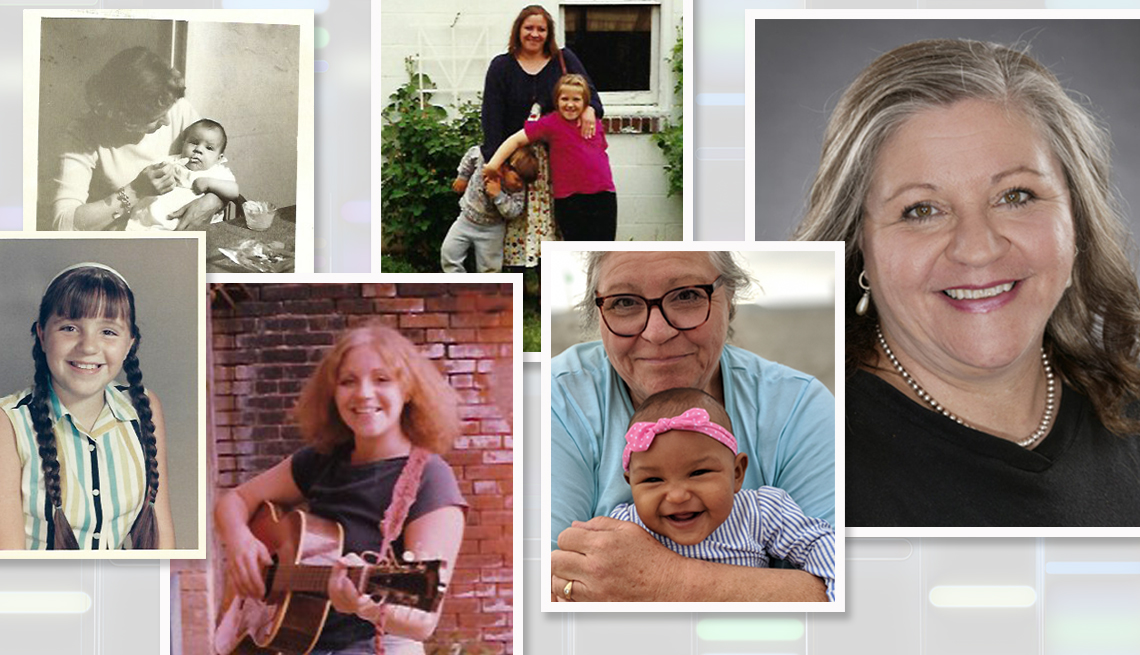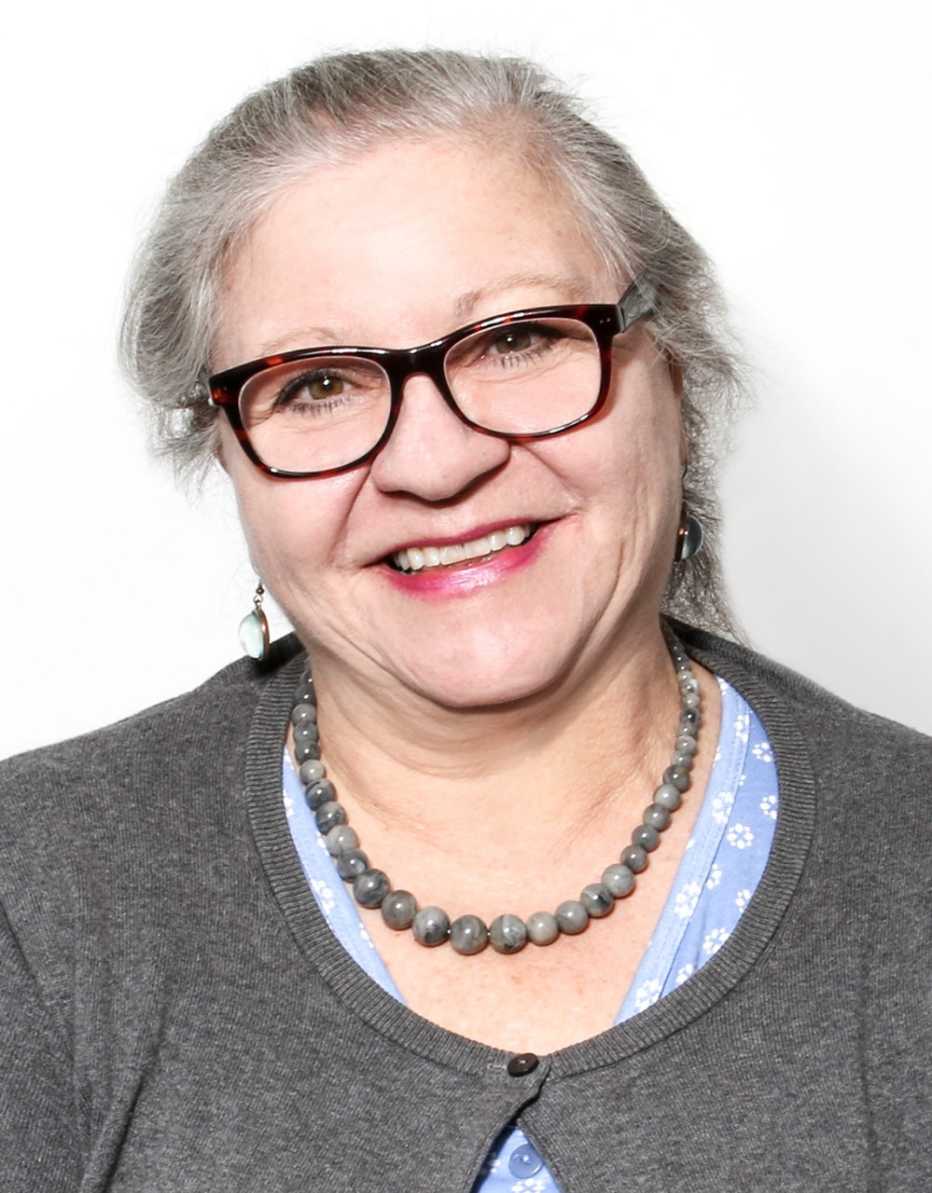Staying Fit
There's nothing like living through a pandemic that's more dangerous for old folks than young ones to make you think hard about aging. According to the CDC, the death rate from COVID-19 is 10 times higher for those ages 65 to 74 than for those ages 35 to 44 — a startling difference. Then again, we all know from our high school class reunions that there are 68-year-olds who are still hiking the Appalachian Trail and 68-year-olds whose only path lies between the fridge and the recliner.
Me, I'm somewhere in the middle. Which is why I was intrigued to learn about a test that promises to tell you, not your chronological age, which is to say the number of years since you were born, but your biological age: how your body's holding up in comparison to the bodies of everybody else.


AARP Membership— $12 for your first year when you sign up for Automatic Renewal
Get instant access to members-only products and hundreds of discounts, a free second membership, and a subscription to AARP the Magazine.
It wasn't an opportunity I instantly jumped at. While it's true I eat a lot of broccoli, I also drink a lot of wine. I smoked cigarettes for 25 years. (Hey, everybody did back in the day.) And while I still play volleyball at age 63, I'm paying for it — or for something — with arthritis. There are times I feel ancient — for example, when I contemplate heading outside for my daily pandemic walk now that winter (brrr!) is here.
On the other hand … suppose I'm doing okay at the job of bodily upkeep? What if my former and current bad habits have miraculously been counteracted by good genes or good luck? Wouldn't that be something to celebrate — and to crow about if we ever have high school reunions again?








